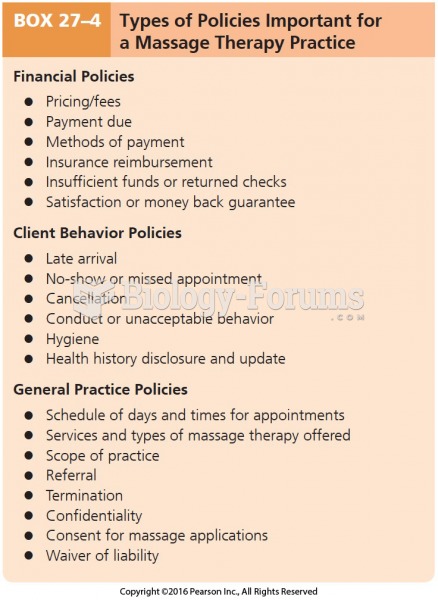This topic contains a solution. Click here to go to the answer
|
|
|
Did you know?
Approximately 70% of expectant mothers report experiencing some symptoms of morning sickness during the first trimester of pregnancy.
Did you know?
Cyanide works by making the human body unable to use oxygen.
Did you know?
For pediatric patients, intravenous fluids are the most commonly cited products involved in medication errors that are reported to the USP.
Did you know?
Green tea is able to stop the scent of garlic or onion from causing bad breath.
Did you know?
Everyone has one nostril that is larger than the other.







